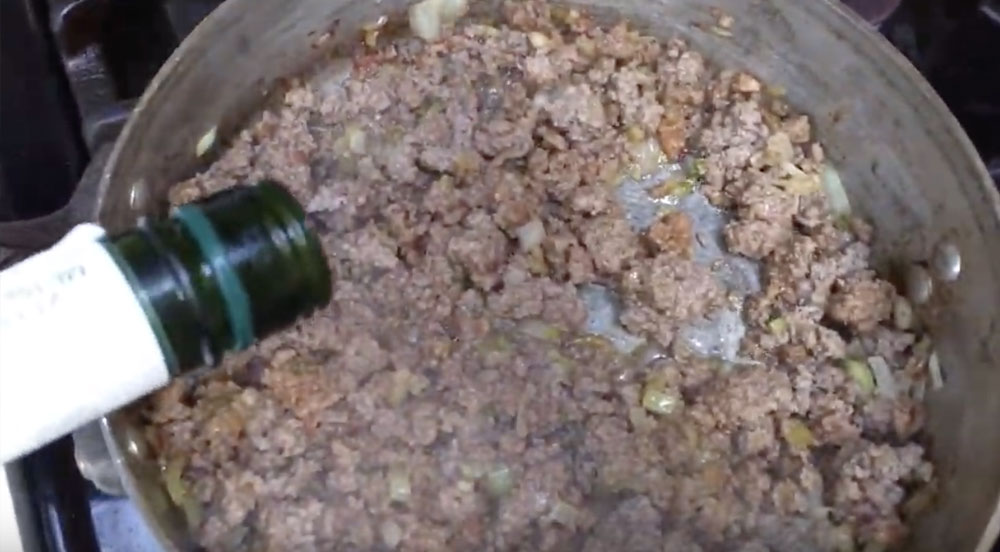What’s available?
We’ve tried copper cookware with all the available linings. There are a few options (including silver – amazing stuff. We’re working on it…) but as a practical matter only two are readily available these days: tin and stainless steel.
Thermal efficiency of tin vs. stainless steel
Lots of copper pots are lined with stainless steel in thicknesses between .5 and .75mm, just heavy enough to keep the lining from warping under heat. To match to the thermal efficiency of 2.5mm copper, stainless steel would have to be 25 times thinner than the copper outer layer – on a 2.5mm thick copper pot that would be .1mm; less than the thickness of a 6 mil plastic trash bag or aluminum foil. Think about that. Your heat zips through a couple of millimeters of copper easy as you please, and then stops dead at a stainless steel liner to ooze up the sides for a while. Eventually the energy works its way through the stainless and then into the space within your pot, which is of course where you want it.
Sticky or Tacky
Stainless is pretty sticky stuff – that’s why it gets lined with Teflon® polytetrafluoroethylene (PTFE) and other synthetic fluoropolymer non-stick surfaces so often. A bare stainless steel surface grabs food like no other material; it’s an alloy of steel, chromium, nickel and often other metals such as molybdenum and titanium and has a very complex molecular structure. It resists seasoning like it resists energy; you cannot season a stainless steel surface like you can iron or carbon steel, both of which are comparatively porous but simple and molecularly well-ordered.
Pure tin, on the other hand is harder, smoother and low-tack making it easy to clean while still producing the fond you love for your favorite sauces. Yet food lifts off pure tin much as it does from well-seasoned cast iron, but tin does not require seasoning – its crystalline structure is already very smooth (i.e., molecularly simple and well-ordered).
What you should know about polymerized petrochemical cookware linings
At BCC we’ve got issues about cooking on plastic. We’re metalheads, so it’s no secret we’re biased, but the fact that short-lived, disposable cookware endures in the marketplace (and in landfills) despite severe health and environmental consequences says a lot about the incredible amount of misinformation that is spread in the name of making and selling toxic synthetic chemicals and hiding their repercussions.



